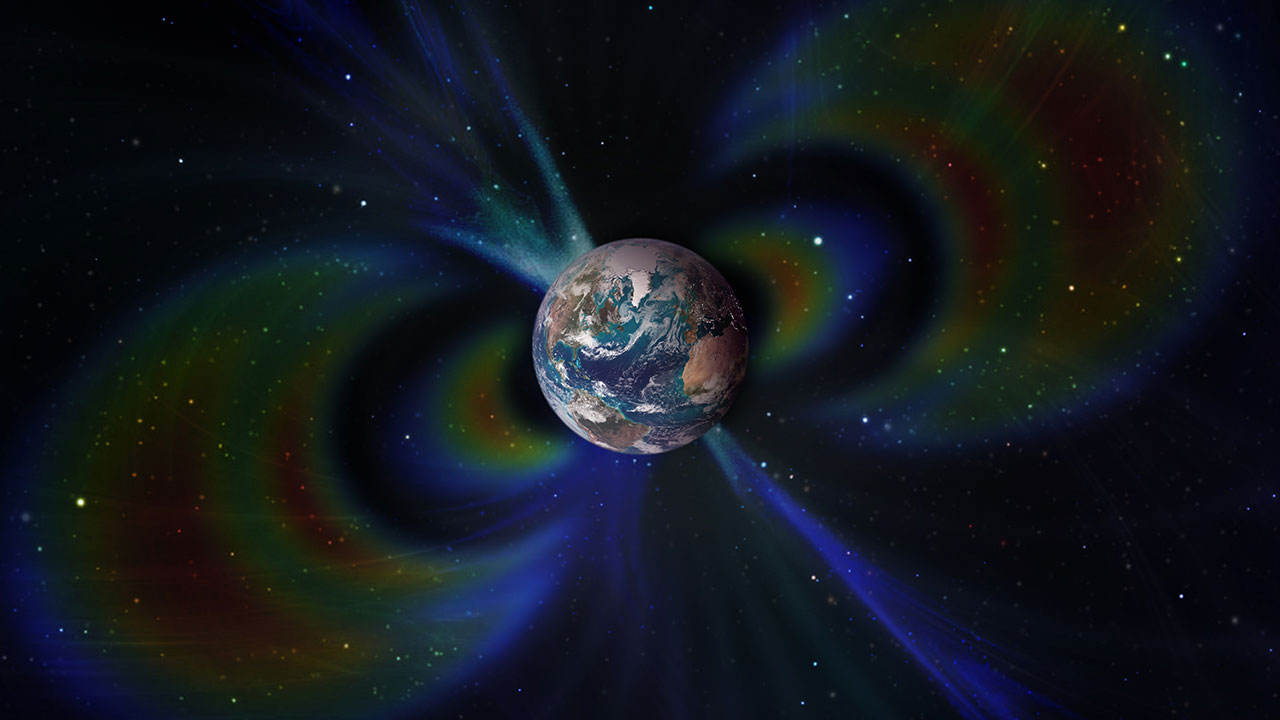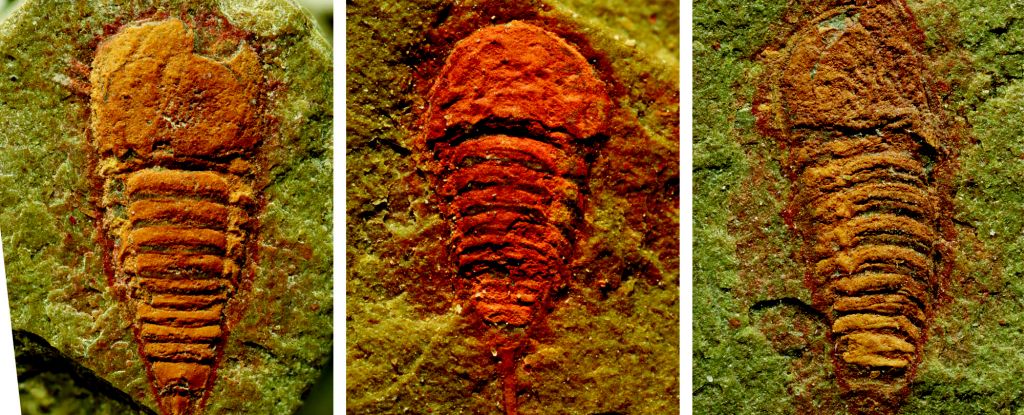Remote Sensing, Vol. 16, Pages 1461: Impact of Wildfires on Land Surface Cold Season Climate in the Northern High-Latitudes: A Study on Changes in Vegetation, Snow Dynamics, Albedo, and Radiative Forcing
Remote Sensing doi: 10.3390/rs16081461
Authors: Melissa Linares Wenge Ni-Meister
Anthropogenic climate change is increasing the occurrence of wildfires, especially in northern high latitudes, leading to a shift in land surface climate. This study aims to determine the predominant climatic effects of fires in boreal forests to assess their impact on vegetation composition, surface albedo, and snow dynamics. The influence of fire-induced changes on Earth’s radiative forcing is investigated, while considering variations in burn severity and postfire vegetation structure. Six burn sites are explored in central Alaska’s boreal region, alongside six control sites, by utilizing Moderate Resolution Imaging Spectroradiometer (MODIS)-derived albedo, Leaf Area Index (LAI), snowmelt timing data, AmeriFlux radiation, National Land Cover Database (NLCD) land cover, and Monitoring Trends in Burn Severity (MTBS) data. Key findings reveal significant postfire shifts in land cover at each site, mainly from high- to low-stature vegetation. A continuous increase in postfire surface albedo and negative surface shortwave forcing was noted even after 12 years postfire, particularly during the spring and at high-severity burn areas. Results indicate that the cooling effect from increased albedo during the snow season may surpass the warming effects of earlier snowmelt. The overall climate impact of fires depends on burn severity and vegetation composition.

 1 month ago
22
1 month ago
22


